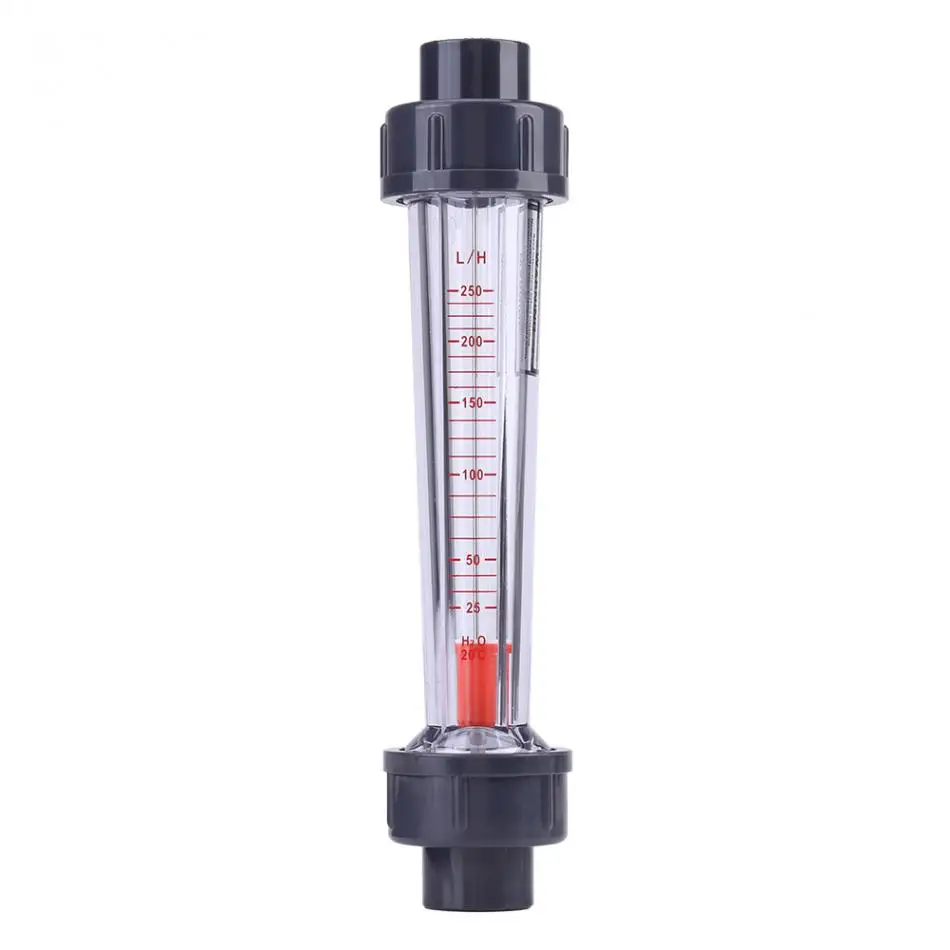

We used the water flow sensor YF-S201 from the firm URUK shown in Figure 1. The main part of this type of flow sensor is a sort of a pinwheel, whose speed is proportional to the liquid flow rate passing through it. One of the most common ways to measure liquid flow rate is exactly like the principle of measuring the speed of wind by an anemometer: the speed of wind is proportional to the rotation speed of the anemometer.
#WATER FLOW METER SOFTWARE#
It was created in the GreenPAK Designer software, a part of the Go Configure™ Software Hub. The complete design file is available here. Tests are made first time using pulses generated by an Arduino and in a second time water flow rate of a home water source was measured. The GreenPAK devices are plugged on this PCB using 20 pins double rows female header connectors. To test the design a simple PCB was built. To make this solution commercially viable, the system must be as small as possible and be enclosed inside a waterproof, hard enclosure to be resistant to water, dust, steam, and other factors so that it may operate in various conditions. Compared to a discrete logic integrated circuits design, it is also lower cost, easier to build, and smaller. Compared to a microcontroller, a GreenPAK is lower cost, smaller, and easier to program. Using a GreenPAK Programmable Mixed-signal Matrix is preferable to many other solutions such as microcontrollers and discrete components.

Each device is connected to a 7- segment common cathode display through 7 outputs. The chips are cascaded together via a digital output, which is connected to a digital input of a proceeding Mixed-signal Matrix. The output of the sensor is connected to a digital input with Schmitt trigger of a first Mixed-signal Matrix that counts the fractional number.

This base time is calculated such that the number of pulses is equal to the flow rate in that period, then this calculated number is displayed on the 7-segment displays. Three GreenPAK Programmable Mixed-Signal Matrix SLG46533 ASICs count the number of pulses within a base time T. The output of the sensor is a digital PWM signal with a frequency proportional to the water flow rate. The flow sensor measurement range is from 1 to 30 liters per minute. In this application note we present a water flow meter that continuously measures the water flow and displays it on three 7-segment displays. An accurate, small, and low-cost liquid flow meter can be easily made using GreenPAK components.


 0 kommentar(er)
0 kommentar(er)
